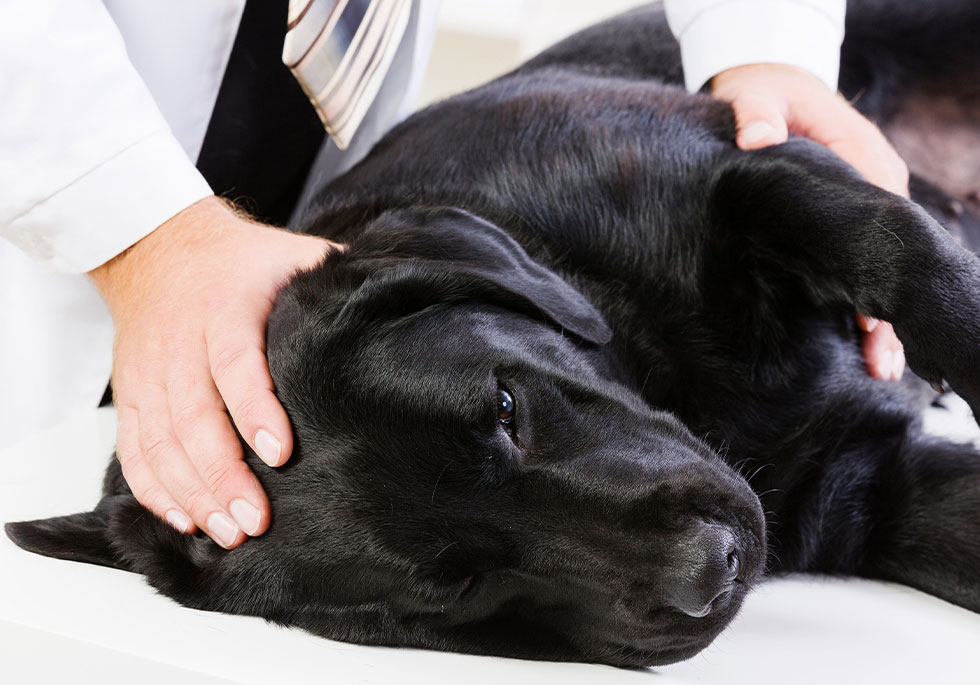Diana Swinford, CVT CCRP
Is my pet in pain? This is a common question on many pet owner’s minds as their four-legged family member gets older.
Dogs are notoriously good at masking signs of pain. That is a wonderful survival tactic in the wild but not so great for the owners of domesticated dogs wanting to ensure their dog’s quality of life and well-being. Rest assured, with a good understanding of your dog’s personality and a keen eye for certain behaviors, you can be confident you’ll notice subtle indicators of pain and be able to act on them appropriately.
What are some signs that my pet is in pain?
Below is a list of common indicators of pain:
- Changes in behavior (grumpy, hiding, avoiding being touched)
- Excessive painting (even at rest) or crying out
- Unable to (or taking an unusually long time) find a spot to settle/lay down in
- Excessive licking, scratching, or over grooming – either generally or over a certain spot on the body
- Lameness or limping of any kind is a sign of pain
- Shaking or trembling
- Low posture
- Reluctance to play, interact, or exercise
- Stiffness after rest
- Loss of appetite
- Warmth, redness, or swelling of an area
What should I do if my dog is showing signs of pain?
First and foremost, schedule an examination with your veterinarian.
While you wait for your pet’s appointment, ensure that you reduce your pet’s activity level and help them avoid running, jumping, exercising, and playing. Keep them from licking, biting, or scratching at the painful or irritated area, and consider a soft Elizabethan collar or t-shirt to prevent self-harm.
If your pet is crying or yelping out in pain from an acute or persistent injury, please take your pet to the nearest Emergency Veterinary service.










Leave A Comment